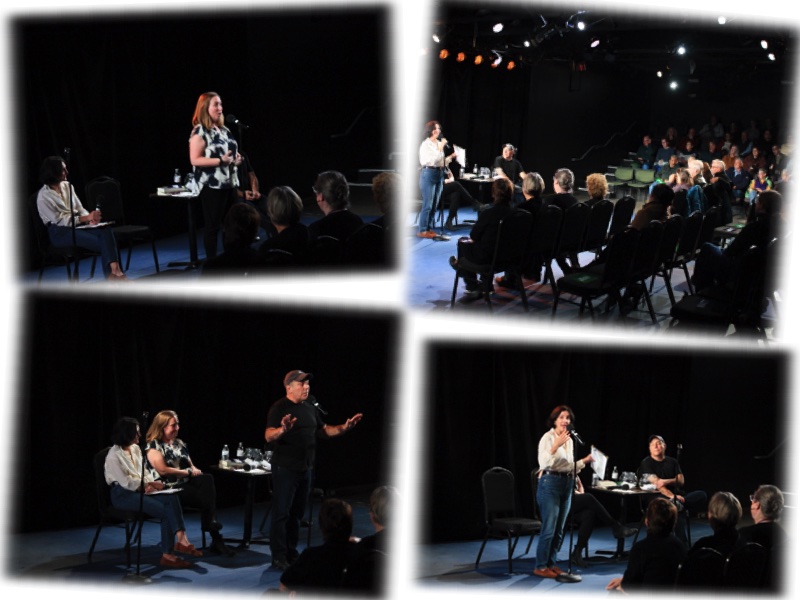About 40 years ago, I learned to tie a necktie while watching Good Morning America. A man was showing viewers how to tie a Windsor knot. I was a Boy Scout at the time and was constantly tying knots, so I grabbed the one necktie I owned and followed along.
It felt like learning to tie a sheet bend, bowline, or clove hitch.
Just another knot to be learned.
And that was it. A random man on a morning show taught me how to tie a necktie, and I’ve known ever since.
I almost never wear a necktie these days, because they are stupid, purposeless adornments — meaningless vestiges of an ancient time that are both uncomfortable and silly.
And sometimes, they are used as a ridiculous symbol of wealth for people who lack self-esteem and compensate by draping themselves in blatantly expensive stuff so others can presumably think better of them.
I recently witnessed two men comparing expensive watches. They looked like two sad jellyfish, quivering and uncertain, trying to grow a spine via their gold and diamond-encrusted timepieces.
“Look at me! Look at me!” I could hear them silently shout to a disinterested universe. “I bought this expensive thing, so I can’t be all bad! Please think more highly of me than I think about myself! Pretty please?”
Are these people incapable of seeing how sad they look when showing off their glittery wares?
Anyway, last weekend, we attended a bat mitzvah in New Jersey. When Charlie entered our hotel room, he was dressed for the party, including a perfectly tied necktie.
I was shocked. “Who taught you how to tie a tie?” I asked.
“YouTube,” Charlie said. “It took a while.”
I was saddened for a moment, thinking I should’ve been the one to teach him this skill, but then I remembered:
I learned by watching Good Morning America.
Four decades later, my son did essentially the same thing.
My sadness was gone.
Like father, like son.









